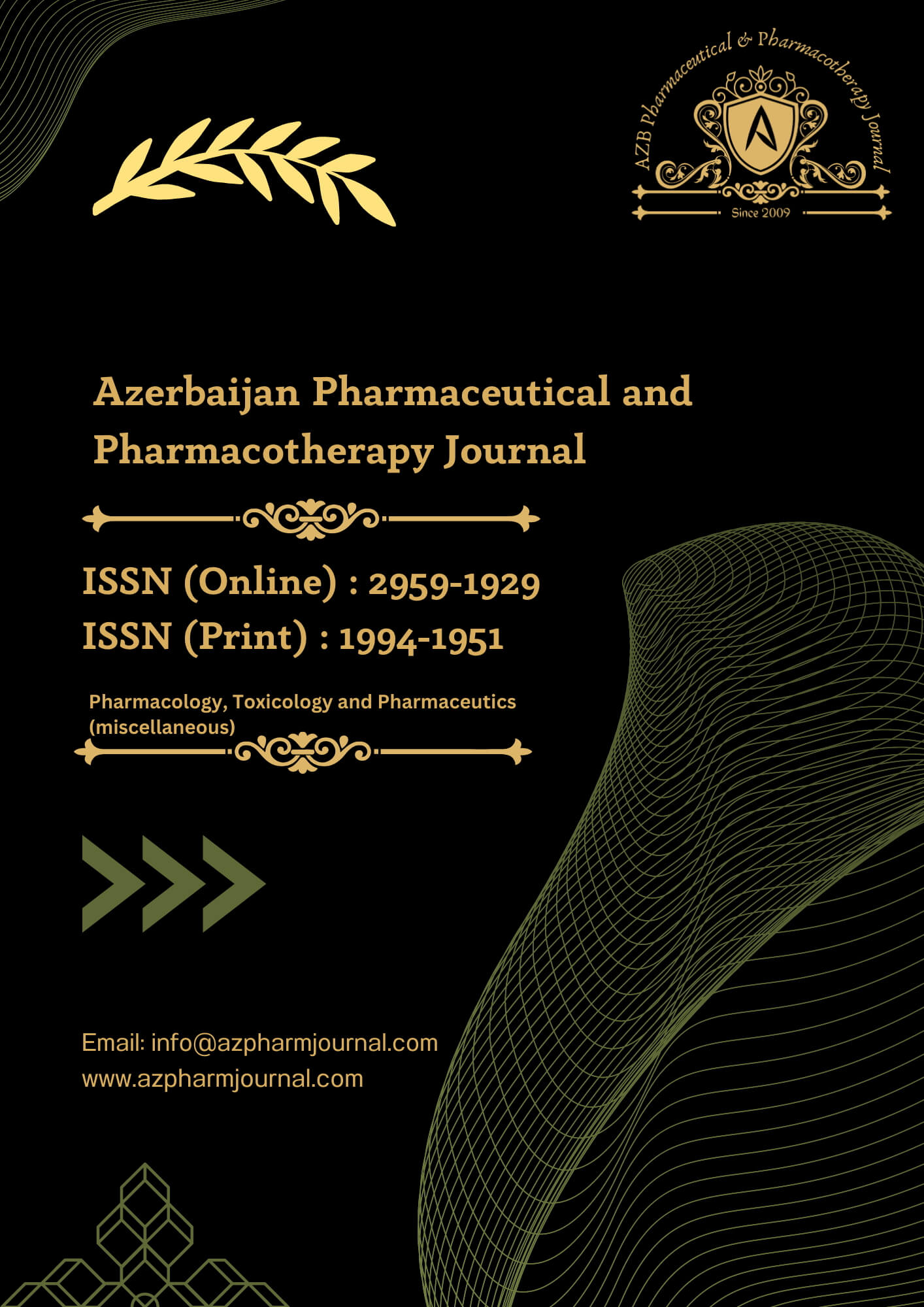5. Discussion
In the current study, there was a higher prevalence of thyroid profile abnormalities, mainly hypothyroidism, in included diabetic patients especially female diabetics.
Diabetes lowers free T4 to free T3 conversion in different tissues and compromises the hypothalamic control of TSH release. T3 levels fall and T4 levels rise with severe hyperglycemia. Additionally, high insulin levels linked to diabetes raise FT4 levels, lower T3 levels, and increase TSH turnover by preventing the liver from converting T4 to T3 [8].
In included patients, 18% of patients with T2DM showed thyroid dysfunction. This was similar to other studies that found that diabetic patients generally had a prevalence of thyroid dysfunction of 35% [9], 31% [10], which was higher than our study, while some authors reported a lower frequency of 12.3% and 12.7% [11, 12].
In the one-hundred diabetes patients, subclinical hypothyroid status was the most prevalent type of thyroid impairment. This could be due to the fact that diabetes causes a decrease in TRH production may help to explain this. From 12.5% to 32.4% of T2DM patients exhibit hypothyroidism, according to other studies [13]. Other investigations have shown that the commonest form of thyroid dysfunction is subclinical hypothyroidism [14].
Females with T2DM are more likely to have thyroid dysfunction because estrogen hormone directly affects thyroid follicular cells and has an impact on TBG [15]. This theory was corroborated by our data, which showed that females had a greater overall prevalence of thyroid disease, specifically hypothyroid status. These results were in agreement with previous studies reporting higher prevalence of thyroid dysfunctions in females [11, 12, 16].
Based on our prior research, we recommend routine thyroid profile screening in patients with T2DM, especially in those with higher glycated hemoglobin, to help with early thyroid dysfunction detection and management, allowing for better glycemic control and reducing diabetic sequelae.
